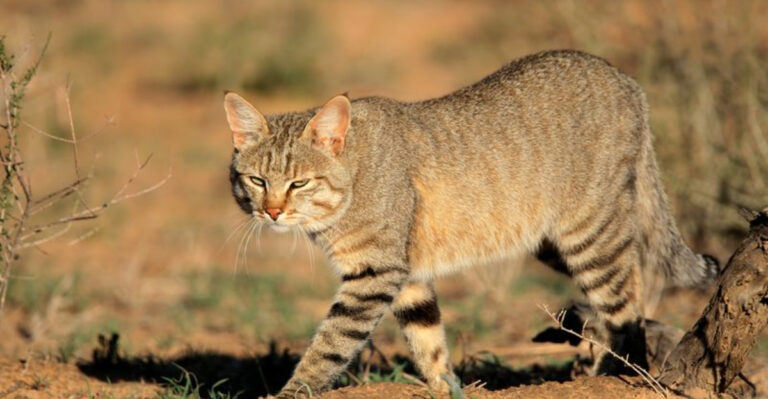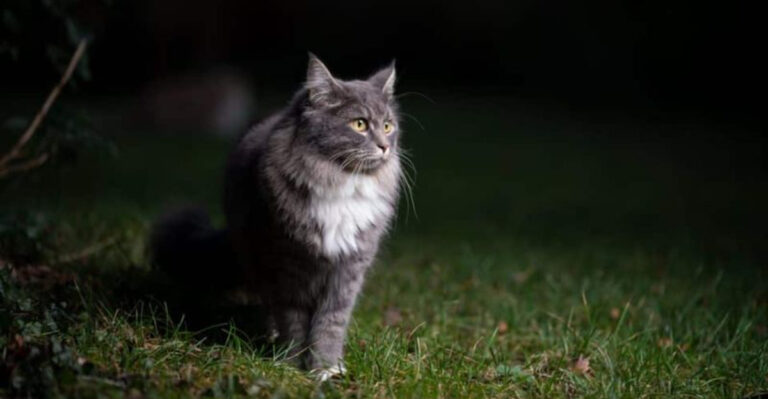Simple Ways To Get More Birds To Use Your Birdhouse
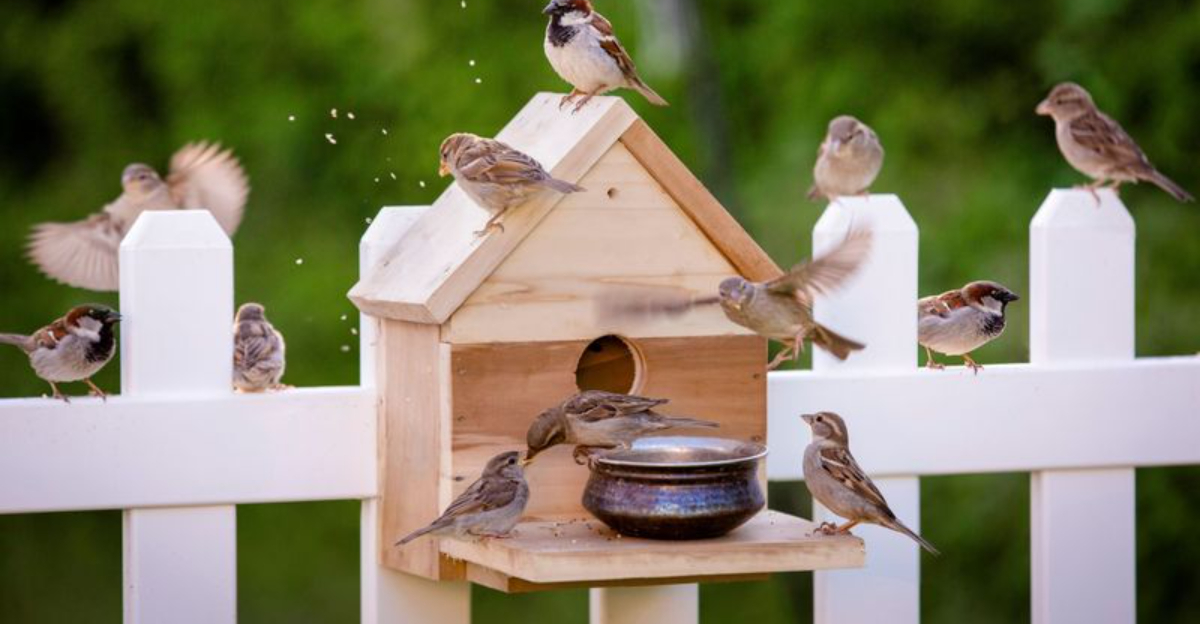
Ever set up a beautiful birdhouse only to watch it sit empty season after season? You’re not alone! Many backyard birding enthusiasts face this common frustration.
Birds can be surprisingly picky about their homes, but with a few simple tweaks, you can transform your lonely birdhouse into a bustling avian hotspot that neighborhood birds can’t resist.
1. Pick The Perfect Location
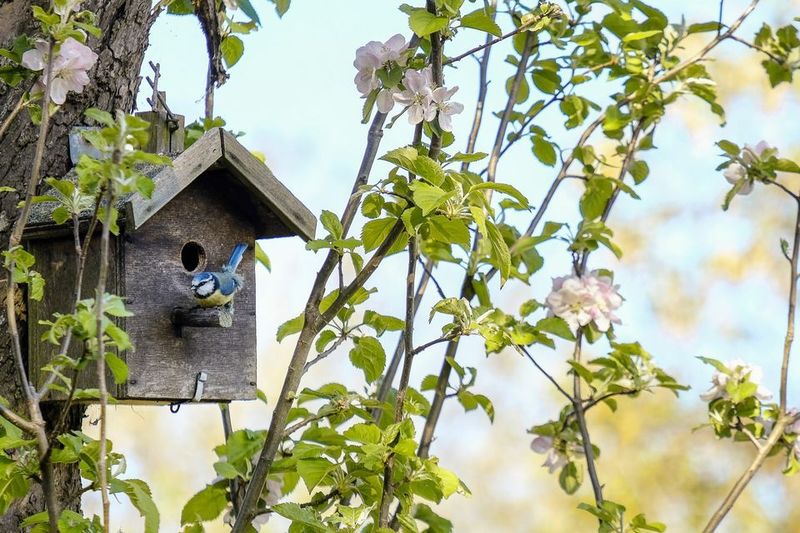
Imagine house-hunting as a tiny bird – safety comes first! Mount your birdhouse 5-15 feet high on a pole or tree trunk, away from predator access routes.
Birds prefer locations with partial shade and shelter from harsh winds. Position the entrance hole away from prevailing weather patterns to keep future nestlings dry and comfortable.
2. Get The Size Right

Different birds need different spaces! Wrens happily nest in houses with 4-inch cubic interiors, while bluebirds require roomier accommodations of about 5×5×8 inches.
Research your local bird species before choosing a house. The entrance hole diameter is particularly crucial – too large and predators get in; too small and your target birds can’t enter.
3. Skip The Paint Job

Flashy colors might catch human eyes, but birds prefer natural camouflage. Leave wooden birdhouses unpainted or use natural, non-toxic stains in earth tones.
Bright colors attract predators and can contain harmful chemicals. If you must paint, stick to subtle browns, grays, or greens that blend with surroundings, and always use non-toxic, water-based products.
4. Add Proper Ventilation

Summer heat can turn birdhouses into dangerous ovens! Drill several small holes near the top of your birdhouse to create cross-ventilation that keeps nestlings cool during hot weather.
Similarly, add drainage holes in the bottom to prevent rainwater accumulation. These simple additions prevent deadly humidity build-up and keep the nest area dry and healthy.
5. Clean Between Seasons

Would you move into an apartment still filled with the previous tenant’s stuff? Birds feel the same way! Empty and clean your birdhouse after each nesting season.
Old nests harbor parasites, mold, and bacteria that repel new residents. Scrub with a mild solution of one part bleach to nine parts water, rinse thoroughly, and allow to dry completely before reinstalling.
6. Install A Predator Guard
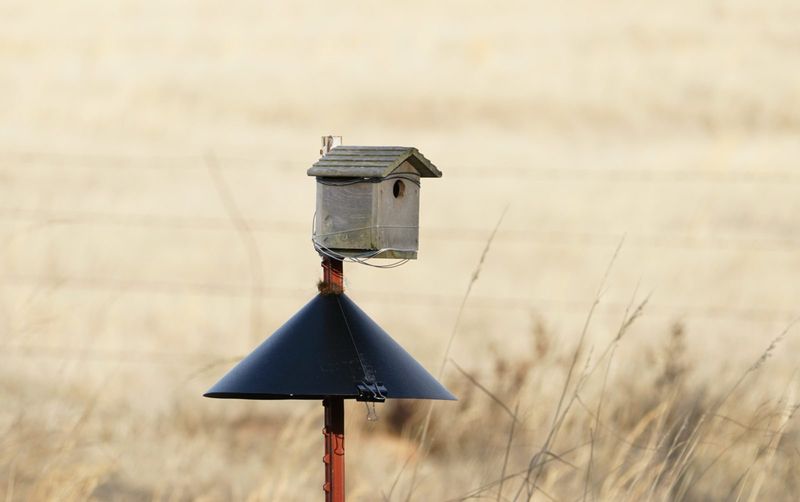
Nothing scares birds away faster than feeling vulnerable! Mount metal baffles below pole-mounted birdhouses to prevent climbing predators like cats, raccoons, and snakes from reaching nests.
For tree-mounted houses, wrap the trunk with smooth metal sheeting. Smart birds recognize these safety features and are more likely to choose protected houses for raising their young.
7. Provide Nesting Materials
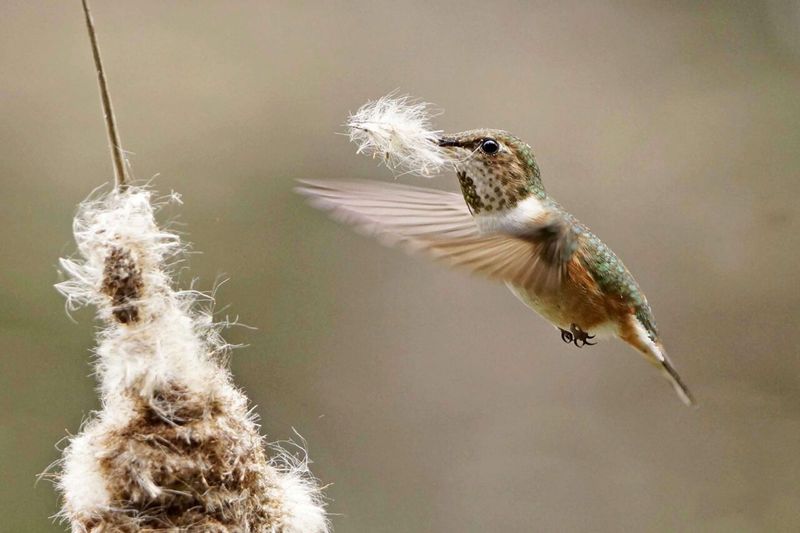
Scatter building supplies around your yard during nesting season! Place collections of twigs, grass, pet fur, and natural fibers nearby for easy gathering.
Avoid synthetic materials like yarn or string that can entangle birds. Many species, particularly finches and chickadees, actively seek out properties with abundant nesting materials when house-hunting.
8. Keep Feeders At A Distance

Busy bird feeders create too much commotion for nesting birds! Position feeders at least 15-20 feet away from birdhouses to reduce traffic and noise near potential nesting sites.
Nesting birds value privacy and security. The constant activity around feeders can make them nervous about predator attention, but having food nearby (just not too close) still makes your yard attractive.
9. Offer Fresh Water Sources
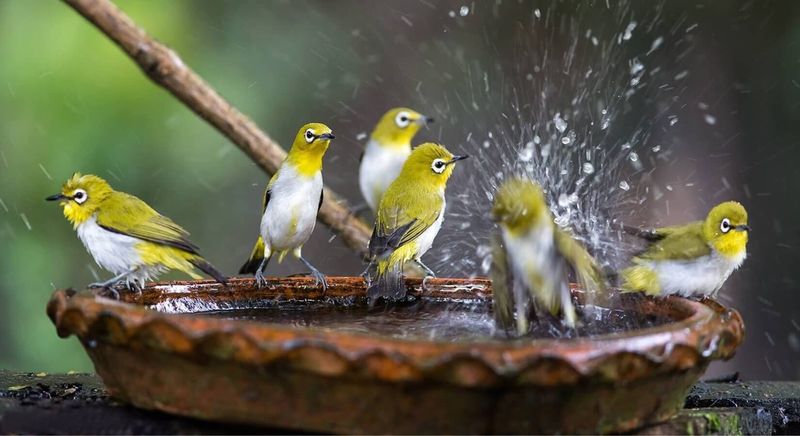
Water features work like magnets for all wildlife! Install a birdbath or small shallow pond within sight of your birdhouse to create a complete habitat package.
Birds need water for drinking and bathing, especially during nesting season. Fresh, clean water sources can be the deciding factor when birds choose territories, making your birdhouse location significantly more appealing.
10. Plant Native Vegetation
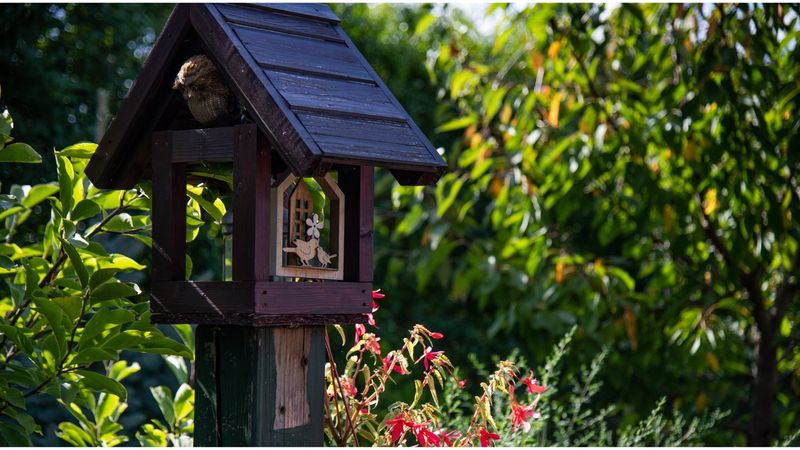
Native plants create the perfect bird-friendly ecosystem! Surround your birdhouse area with indigenous shrubs, trees, and flowering plants that provide natural food sources and cover.
Local birds evolved alongside these plants and instinctively recognize them as safe habitat. The insects these plants attract also provide critical protein-rich food for growing nestlings during breeding season.
11. Limit Pesticide Use
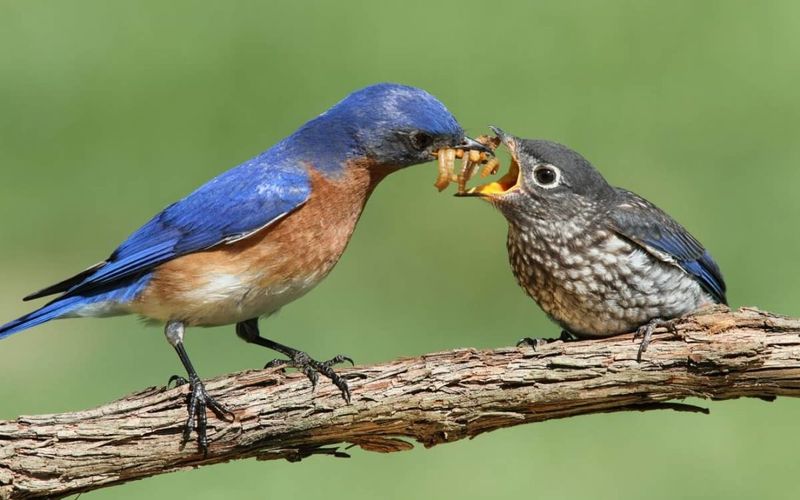
Chemical pest control creates bird food deserts! Most nesting birds feed insects to their young, so pesticides eliminate their primary food source.
Switch to natural garden management methods and watch bird activity increase. Parents seeking reliable food sources for hungry nestlings will quickly discover your yard offers the abundant insect buffet they need during breeding season.
12. Time Your Installation Right
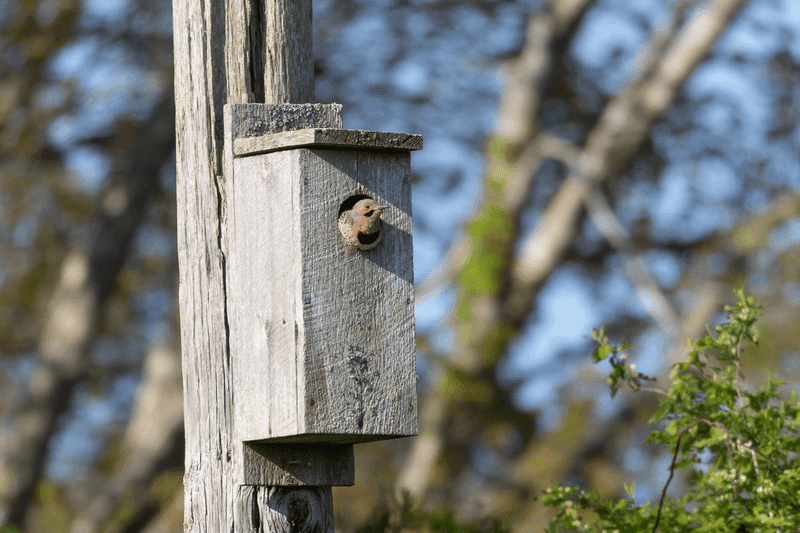
Early birds get the worm – and the best nesting spots! Install new birdhouses in late winter or very early spring, well before breeding season begins in your area.
Birds start scouting potential nest sites weeks before actually building. A birdhouse that’s weathered in place for a while appears more established and safe than a brand-new installation that smells of humans.
13. Create A Perch-Free Entrance

Skip the cute little perch beneath the entrance hole! These seemingly helpful additions actually help predators gain access to eggs and nestlings.
Native cavity-nesting birds don’t need entrance perches – they can fly directly in or cling to textured wood surfaces. Removing this feature significantly increases occupancy rates by making the house more appealing to safety-conscious parent birds.
14. Monitor Discreetly
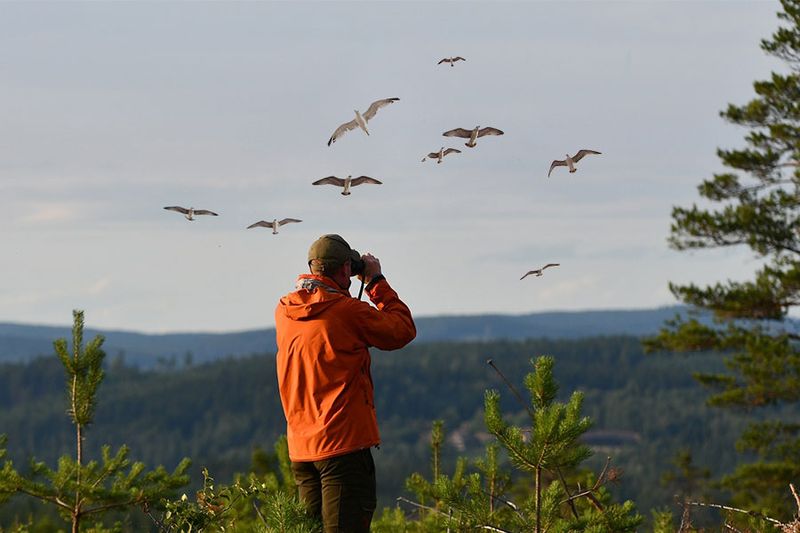
Resist checking inside too frequently, as your presence can spook nesting birds into abandoning their home.
Watch from a distance using binoculars to observe activity. If you must inspect, do so quickly when parent birds are away feeding, and limit checks to once weekly at most during nesting season.

